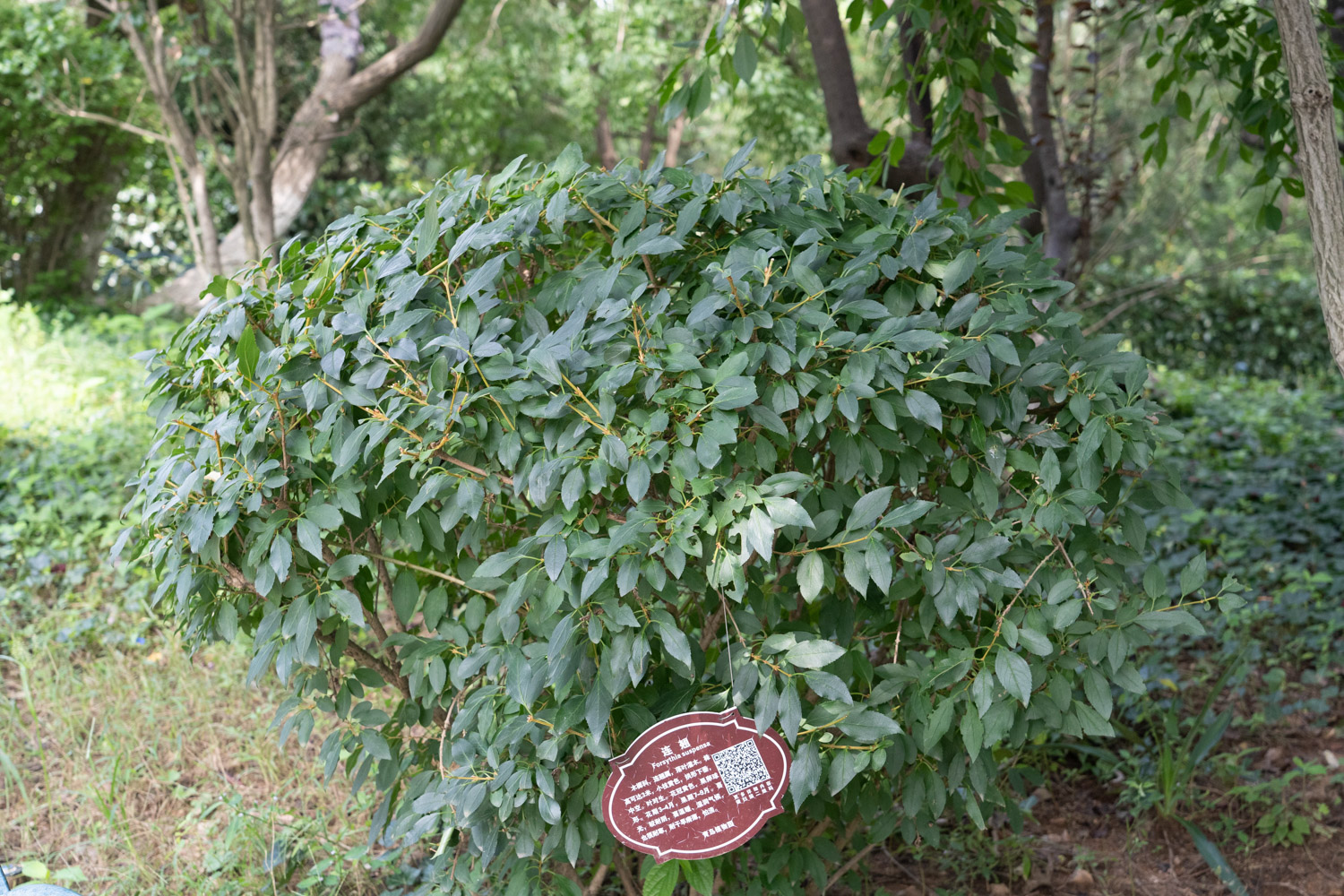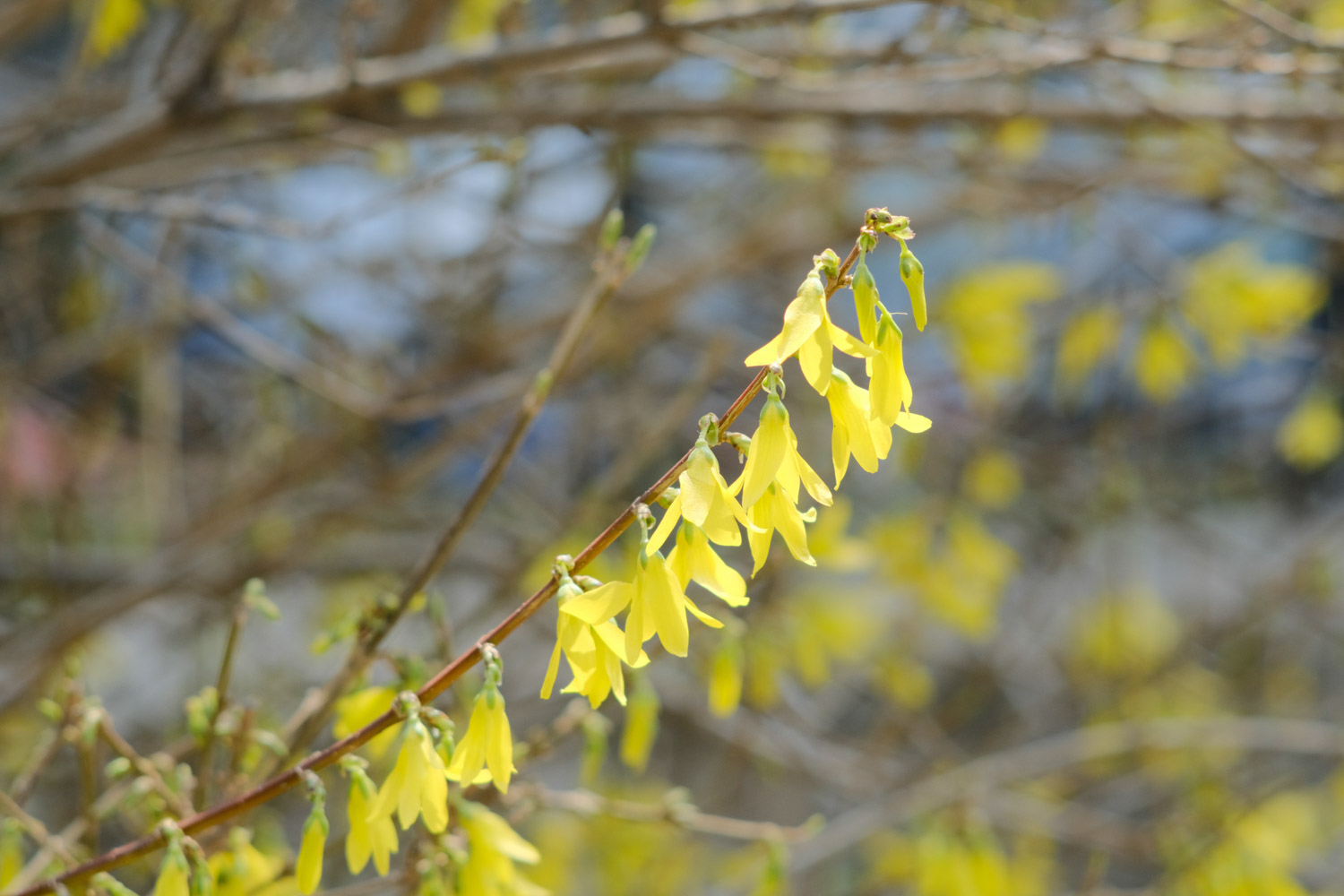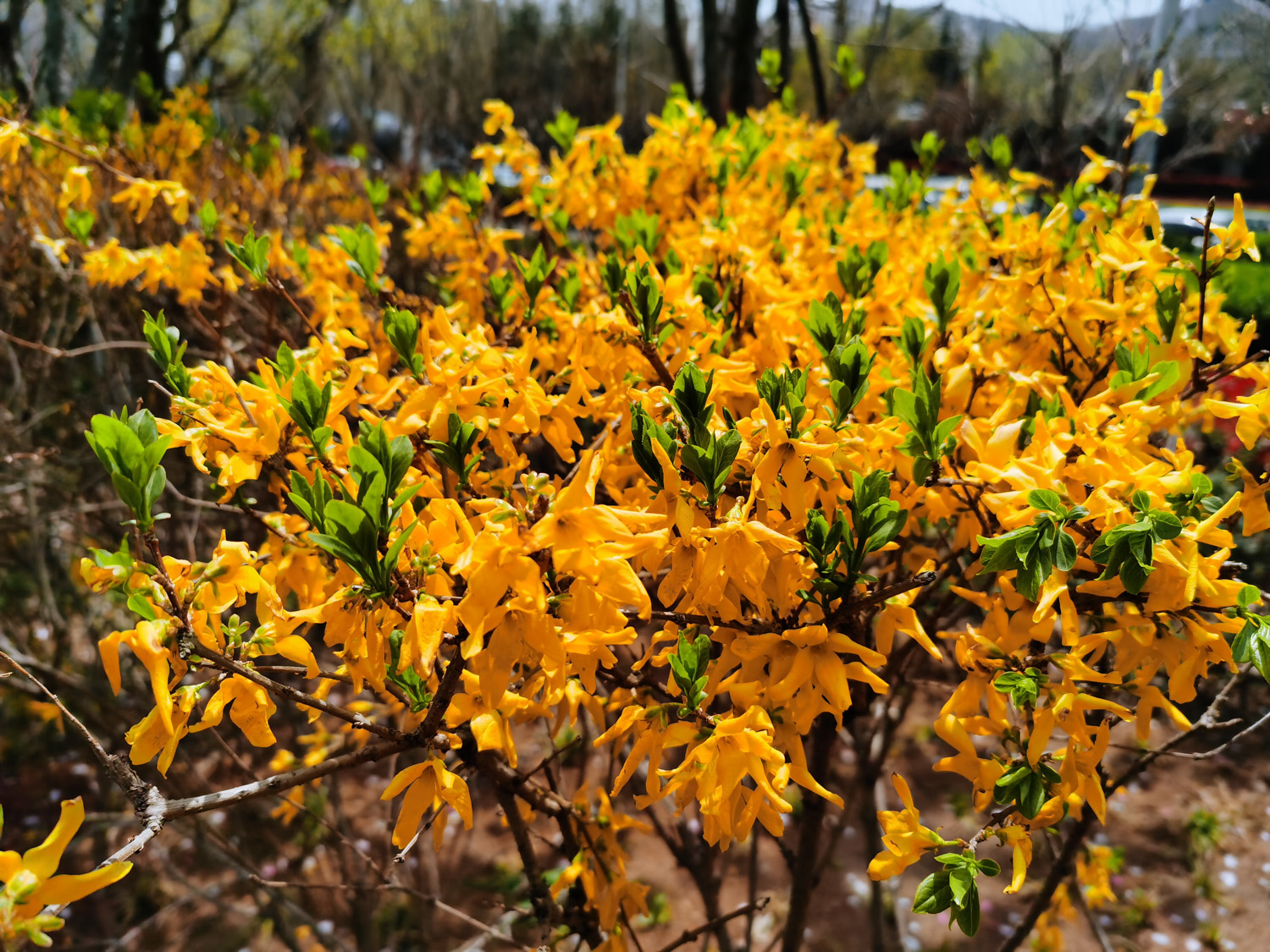1、 Breeding method
1. Soil; Forsythia has very loose requirements for soil, as long as it is not particularly sticky. However, if it can be used, it has better drainage performance and is more conducive to growth. It can also avoid ponding

2. Light: it likes the sun. It will grow better in the environment with enough light. During potted breeding, it should be able to get the sun whether it is placed outdoors or indoors. Even in summer, there is no need to block out the light. The more light, the better the growth
3. Watering: it has certain requirements for humidity. The basin soil should not be too dry. It should be watered in time. When it is found that the basin soil is dry, it should be watered thoroughly, but there should be no ponding. In rainy season, timely drainage treatment shall be carried out to avoid rotten roots

4. Fertilization: it can grow normally even without fertilization during the management period. However, if compound fertilizer is applied every 20 days during the growth period, the overall growth will be more vigorous, blossom more and bear more fruits
2、 Characteristics
Forsythia suspensa has the characteristics of drought resistance, cold resistance and barren resistance. It will be easier to maintain. In terms of morphological characteristics, it is characterized by flowering first and then growing leaves. Generally, it will bloom in early spring. The flower color is yellow and leaves grow after flower. In addition, it has high medicinal value and is widely used in clinic


 how many times do yo...
how many times do yo... how many planted tre...
how many planted tre... how many pine trees ...
how many pine trees ... how many pecan trees...
how many pecan trees... how many plants comp...
how many plants comp... how many plants can ...
how many plants can ... how many plants and ...
how many plants and ... how many pepper plan...
how many pepper plan...
































